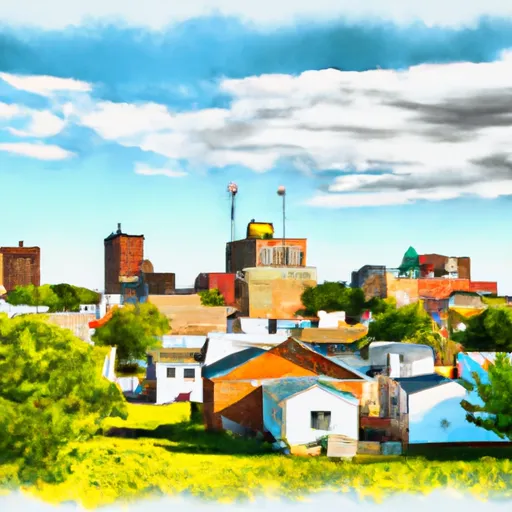°F
°F
mph
Windspeed
%
Humidity











Fairfield, Iowa is a small city located in the southeastern part of the state. The climate in Fairfield is characterized by hot, humid summers and cold, snowy winters. The city is situated near the Des Moines River, which provides ample opportunities for outdoor recreation such as fishing, kayaking, and hiking along its banks. The river is also a source of hydrology constituents, with occasional flooding occurring during heavy rainfall. In addition to the river, there are several parks and nature preserves in and around Fairfield, including Maasdam Barns County Park and Louden Lake Recreation Area. These areas offer opportunities for hiking, camping, and birdwatching, making Fairfield a great destination for nature lovers.
Weather Forecast
Fairfield receives approximately 958mm of rain per year, with humidity levels near 84% and air temperatures averaging around 11°C. Fairfield has a plant hardyness factor of 5, meaning plants and agriculture in this region thrive during a short period during spring and early summer. Most plants will die off during the colder winter months.
Regional Streamflow Levels
293
Cubic Feet Per Second
48,600
Cubic Feet Per Second
436
Cubic Feet Per Second
197
Cubic Feet Per Second
Nearby Camping
| Camping Area | Reservations | Toilets | Showers |
|---|---|---|---|
| Little Rock AFB Military | |||
| Rollins Ferry Access - MDC | |||
| Georges Cove - Norfolk Lake | |||
| Dry Fork | |||
| Chamois Access - MDC | |||
| Sycamore Loop Dispersed - Noblett Lake |



